Prescription Discount Cards: What They Are and Why Prices Vary So Much
Ever gone to a pharmacy, handed over your insurance info and still ended up with sticker shock? That's where prescription discount cards come into play. These aren’t insurance, and they work a bit like those coupon apps everyone uses at grocery stores, but for medicine. Each time you fill a prescription, the discount card company taps into special lower prices they’ve negotiated with pharmacies or pharmacy benefit managers (PBMs). Sounds great—but here’s where things get weird. You might pay $40 with one card, $18 with a different card, or even less without any card, just plain cash. Why is it all over the place? It boils down to how prices for drugs are negotiated behind the scenes. Pharmacies, PBMs, and card companies are each trying to land the best deal for themselves, so prices for the exact same drug can jump around a ton, even next door at competing stores. It’s not unusual to see a cholesterol med at $120 at one chain but $6 at another, just because of these hidden deals.
One thing that can throw people off: These discounts don’t stack with your health insurance. It’s either use your card or use your insurance—never both. Sometimes, oddly enough, the card price beats your copay. For people without insurance, or folks who have super-high deductibles, these cards can feel like a lifeline. There are thousands of these cards, but a few big names dominate, like GoodRx, ScriptSave WellRx, and SingleCare. They’re free to use (usually), though some offer a paid version promising deeper discounts.
But let’s be honest—sometimes these card prices look low just to get you in the door. Pharmacies actually pay fees to these card companies every time you use one. That fee can come out of their profit, so certain pharmacies play ball with some cards and not others, which is one reason a GoodRx price might vanish overnight. That unpredictability is the game, and it pays to shop around every single time.
Another fun fact: Some insurance companies have started automatically using discount card pricing if it beats their own copay. Not all do, but it’s happening more in 2025 as health costs rise. With so much variation and no central database, being your own advocate is the only way to make sure you’re not paying too much.
How Drug-Pricing Coupons and Cards Really Work at the Pharmacy Counter
Think of drug-pricing coupons and prescription discount cards as magic keys. They unlock secret prices, but only if the store and the discount provider are friends. When you bring a card (let’s say a physical one or just show a phone app), the pharmacy staff plugs the details from the card into their system. Sometimes the price drops $2, sometimes it drops $200—for the same drug. What’s actually happening? Behind the scenes, your pharmacy sends the details of your medication and the discount card codes to a third-party network. That system responds with the exact price you’ll get, based on complex deals worked out with manufacturers or PBMs years ago. In most cases, the pharmacy has no idea what price will pop up until they ring it through.
Besides the usual suspects, some drug companies themselves issue coupons, especially for popular brand-name drugs. Those are a little different. They help with copays directly, and they’re usually for newer, expensive drugs that the company wants people to try. There’s often a catch: These copay cards usually only work if you have private insurance, not Medicaid or Medicare. The manufacturer pays the difference, lowering your out-of-pocket cost, but you typically have to reapply or download a new coupon every few months.
The catch with discount cards is they aren’t always as crazy cheap as promised. If you use a discount card, it usually means your payment won’t count toward your insurance deductible. So if you rely on hitting a deductible to manage serious costs for a chronic illness, this could work against you. Also, some pharmacies only accept certain cards. There are even stories where card prices suddenly shoot up or drop to zero with no warning. When you hear about someone grabbing a $300 inhaler for $15 and then paying $90 the next refill, that’s exactly what happened—a pricing deal somewhere in the food chain changed overnight.
Most cards work at major pharmacy chains: CVS, Walgreens, Walmart, Kroger, and dozens of independents. But always double-check, especially if you’re at a smaller or hospital-based pharmacy. The discount card can show a low price online, but you might hit a roadblock in person if the pharmacy isn’t part of the network.
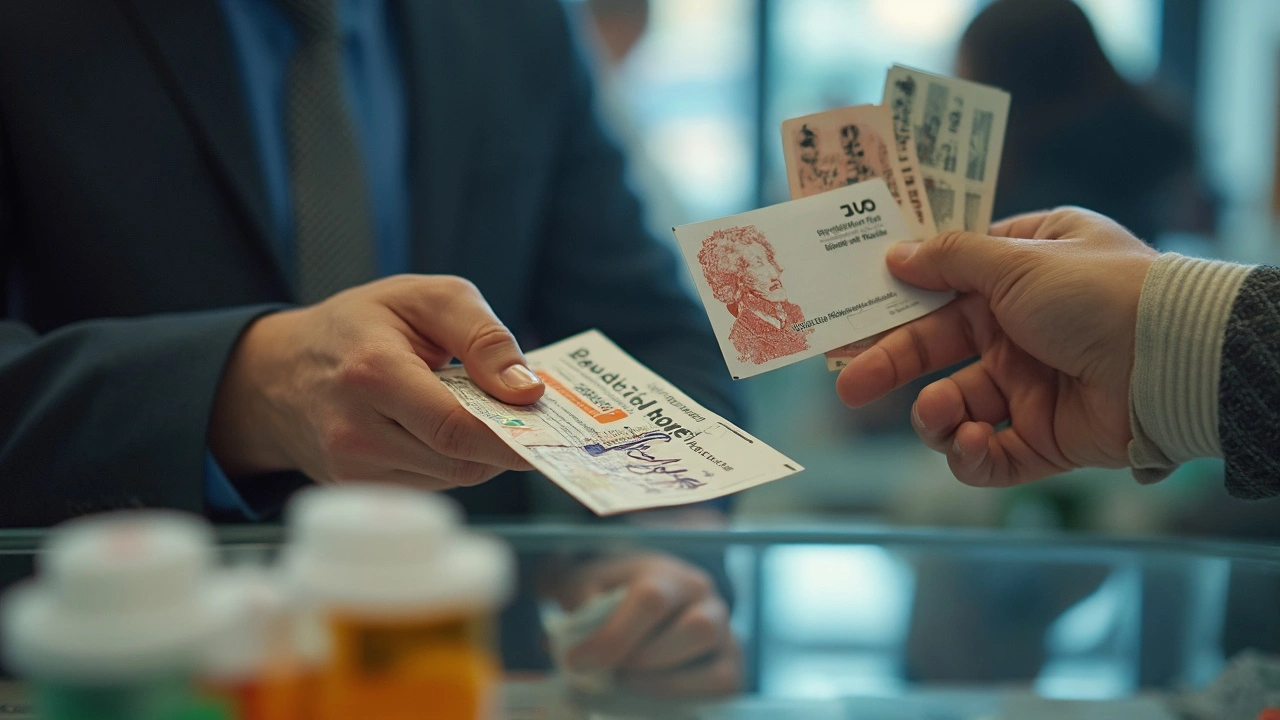
The Good, the Bad, and the Weird: Benefits and Drawbacks of Prescription Discount Programs
So, you’re ready to jump into the discount card game. Meet your new rules: It’s fast, often free, and can bring the cost of some generic prescriptions down to the price of lunch. You just show the card or app, and you’re good to go. For people stuck in a coverage gap—like the infamous Medicare donut hole—or who have high deductibles, these cards can seriously reduce out-of-pocket costs. On average, people save 20% to 80% on generic meds, according to the National Community Pharmacists Association.
Sounds perfect, right? Not always. Here’s the flip side. Some cards collect and sell your prescription data, minus personally identifying info, but plenty of folks don’t love the idea of anyone tracking their medications. Pharmacies pay a small transaction fee for each use, and those fees can build up, especially for small, independent stores. In rare cases, the pharmacy might pass that cost back to you or refuse to honor certain cards.
Sometimes, insurance—or even paying cash without any card—turns out cheaper. For example, big-box stores like Walmart and Costco have famously low cash prices for generics, often better than any card. Don’t assume the flashiest app has the best deal. And watch out for those “membership” or “premium” versions of discount cards. They may ask for a monthly fee, promising extra discounts. Sometimes it’s worth it if you’re taking expensive meds, but if you only fill a prescription once or twice a year, the math doesn’t add up.
One more thing—Medicare and Medicaid typically won’t let you use these cards. If a pharmacy rings up a prescription using a discount card for someone on these public plans, it’s a violation. Some pharmacies play fast and loose, but technically, it’s not allowed and could backfire for you and the store.
| Discount Card Program | Average Savings on Generics | Works Without Insurance? | Annual Fees |
|---|---|---|---|
| GoodRx | 70% | Yes | Free/Premium $9.99/mo |
| SingleCare | 80% | Yes | Free |
| ScriptSave WellRx | 65% | Yes | Free |
Privacy is another concern. If you want to keep your prescription buying habits private, think twice about signing up with your real email or phone number for these apps. They’re not breaking any laws, but you could be opening yourself to targeted ads or marketing calls.
And here’s a weird one—if you combine a few family members on the same card, some programs let you snag the best rate for everyone on one account. Handy if your household fills a bunch of prescriptions each month and you want to save across the board.
Tips and Tricks for Getting the Best Price Every Time
This is where things get fun. To maximize savings, stack up as many GoodRx alternative card options as you can. Don’t just pick one and stick with it—comparison shop every single time your doctor writes a new script or your old drug changes price. Download a few top apps, like SingleCare, GoodRx, and ScriptSave WellRx. Enter your med, dosage, and zip code to see which local pharmacy offers your best price (spoiler: it changes a lot). And don’t forget to check pharmacy chains like Costco—even non-members can use their pharmacy, and their prices can be the lowest out there.
Always ask your pharmacist to check the price with and without a card, and, if possible, with your insurance too. Some pharmacy techs are happy to do this; others need a little push. It’s worth a minute or two—sometimes the difference is jaw-dropping. If the price jumps up suddenly, reload your discount app or try a printout from a different program—sometimes a new coupon resets the deal.
If you’re using a drug manufacturer’s brand-specific coupon, read the fine print. These programs often set a maximum monthly savings (like $200 off per refill), so only use them if your drug is still pricy after insurance. If you’re eligible, ask your doctor if they have a card—they often have starter packs for patients ready to use right away. But double check expiration dates and reapplication rules.
Watch for pharmacy loyalty programs, too. Kroger, Walgreens, and CVS have their own store cards that sometimes match or beat discounts for generics. You can try stacking these with a discount card, but most chains only allow one discount in their system per prescription. And always check out new deals—sometimes smaller companies jump in with rock-bottom pricing for a few months, trying to grow market share. When that’s over, prices can then reset.
Feeling overwhelmed with card choices? That’s where online resources can help. This list of GoodRx alternative sites highlights even more ways to save on prescriptions, especially if you’re tired of the biggest-name apps.
One final hack—if you’re loyal to a downtown pharmacy or mom-and-pop store, ask if they’ll match or beat discount card prices you find online. About half will work with you if you show them a competing discount on your phone. Loyalty and kindness still go a long way, even in the wild world of pharmacy pricing.
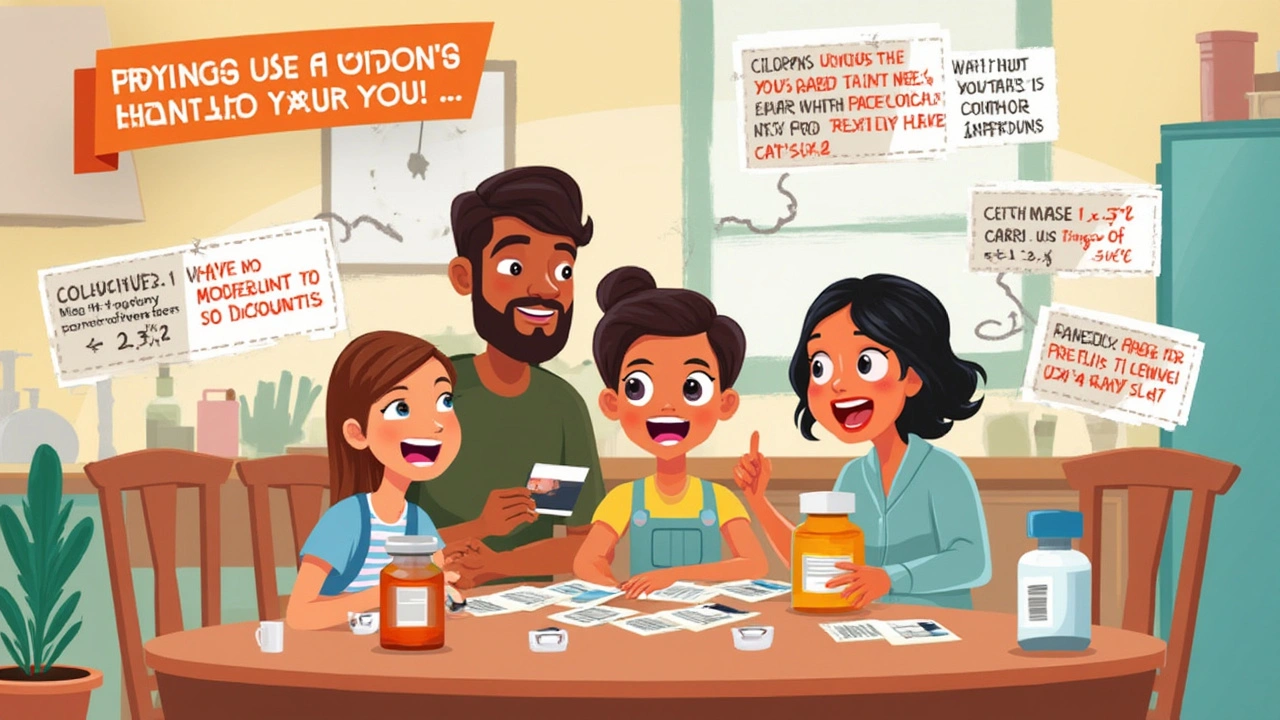
When Prescription Discount Cards Make Sense—and When They Don’t
You might be asking yourself, “Should I use a discount card every time?” Not always. If your employer-provided insurance gives you killer copays or counts everything toward an annual max out-of-pocket, you might leave savings on the table by using a card instead. But if your insurance copay is $30 and you can get the med for $4 with a discount, it’s a no-brainer—just remember you’ll pay cash and it won’t go against your deductible.
Prescription discount cards are a huge help if you’re uninsured, underinsured, or paying huge deductibles every year. They’re also a rescue move if your medication isn’t covered at all or was denied for weird insurance reasons. You can fill high-cost generics, one-off antibiotics, or even maintenance meds at decent prices, though specialty drugs often fall outside discount card programs.
But skip the card if you rely on Medicaid, Medicare, or VA benefits. Those programs usually don’t mix with third-party card deals. And if your pharmacy seems confused or is having trouble billing your prescription, double-check the process. Sometimes the computer system rejects the discount card for technical reasons, especially with complicated scripts or rare drugs.
If you travel a lot or use multiple pharmacies, the versatility of discount cards is a life-saver. Each pharmacy can give you wildly different prices, town to town. Always run your usual card, but keep another app ready as a backup. And check card-specific rules: some only work continent-wide in the U.S., and a few don’t play nice in Alaska or Hawaii.
Bottom line: Prescription discount cards aren’t magic, but with careful shopping and a bit of curiosity, they usually fetch you a better deal at the pharmacy counter. Don’t get locked into just one—keep tabs on shifting drug prices, compare across cards and pharmacies, and you’ll never be one of those people paying extra just because nobody told you to ask for a deal.

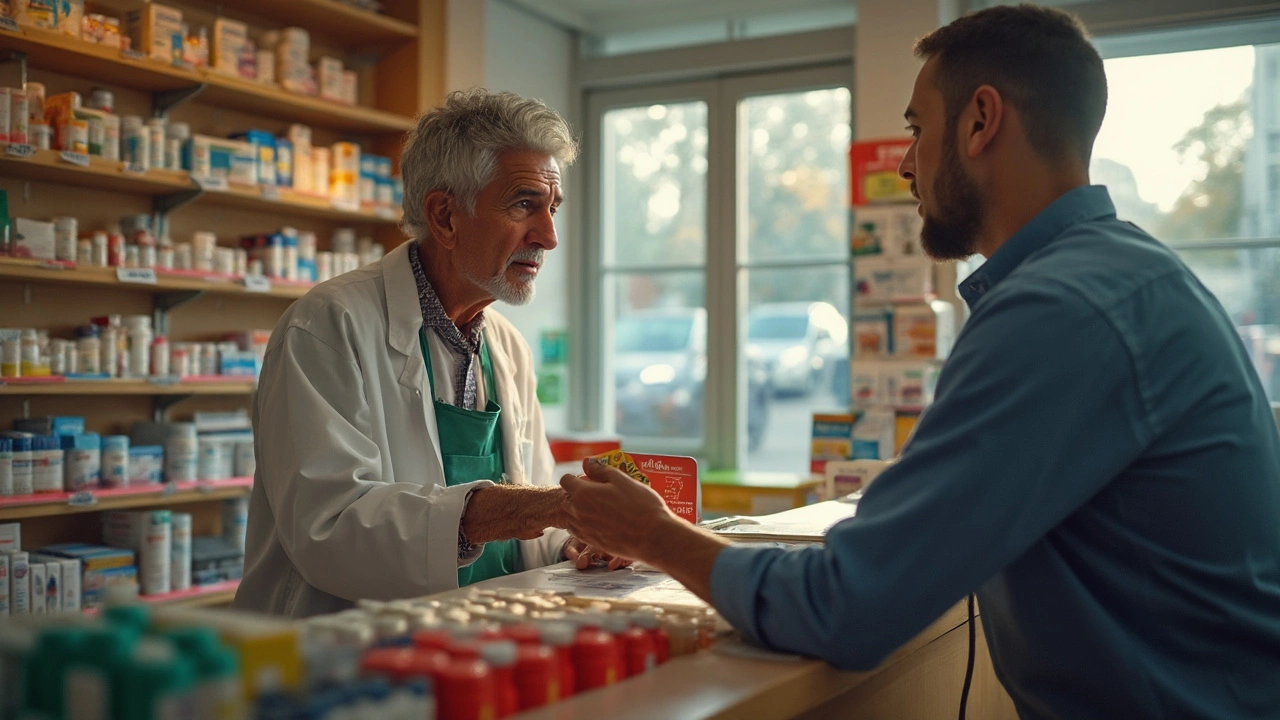
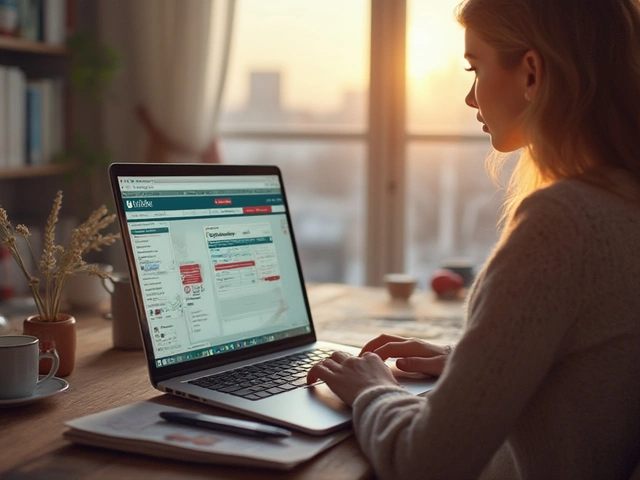
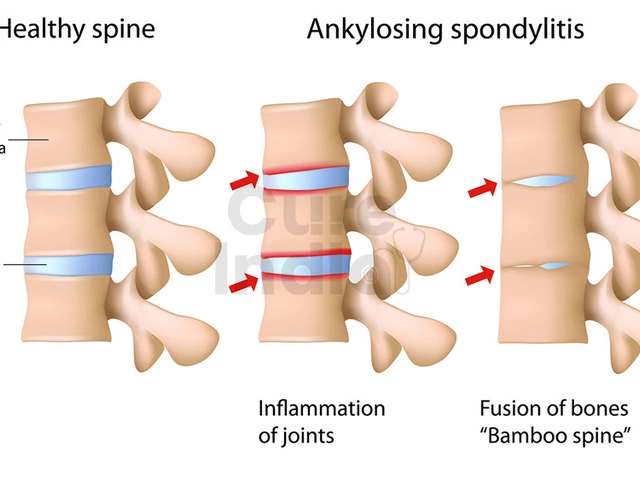
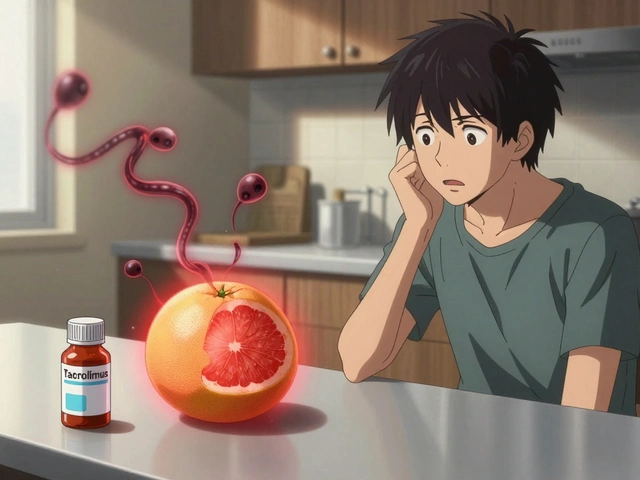
Lugene Blair
May 5, 2025 AT 00:30William Cuthbertson
May 6, 2025 AT 00:13Anna S.
May 6, 2025 AT 07:22Yaseen Muhammad
May 6, 2025 AT 13:40Dylan Kane
May 7, 2025 AT 12:01KC Liu
May 7, 2025 AT 19:58Shanice Alethia
May 8, 2025 AT 11:48shridhar shanbhag
May 9, 2025 AT 03:16John Dumproff
May 9, 2025 AT 07:55Eben Neppie
May 9, 2025 AT 23:03